-
Linux

How to Set Up a Git Workflow for Development
A proper Git workflow is essential for effective collaboration and code management in development projects. This guide covers setting up…
Read More » -
Linux
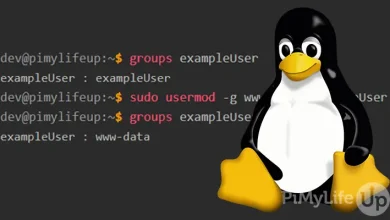
How to Use the usermod Command to Modify User Accounts
The usermod command in Linux is a powerful utility used to modify existing user accounts. It allows system administrators to…
Read More » -
Linux

How to Install and Use Jenkins for Continuous Integration
Jenkins is a popular open-source automation server used for continuous integration and continuous delivery (CI/CD). It allows developers to automate…
Read More » -
Linux

How to Use the ping -c Command to Limit Ping Requests
The ping command is a widely used networking utility that tests connectivity between a source and a destination by sending…
Read More » -
Linux

How to Set Up a Web Application with Flask on Ubuntu
Setting up a Flask web application on Ubuntu involves several steps, including installing necessary packages, creating a virtual environment, and…
Read More » -
Linux
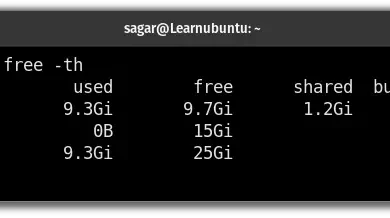
How to Use the free -m Command to Check Memory Usage
Monitoring memory usage on a Linux system is essential for system administrators, developers, and even regular users to ensure their…
Read More » -
Linux
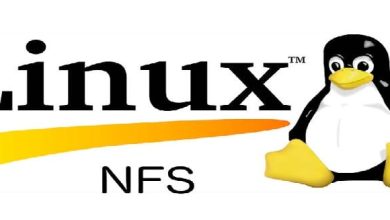
How to Use nfs for Network File Systems
How to Use NFS for Network File Systems Network File System (NFS) is a distributed file system protocol that allows…
Read More » -
Linux
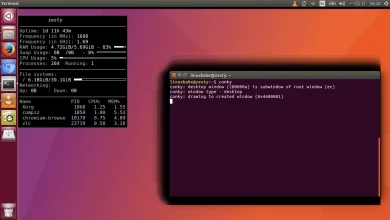
How to Install and Use Conky for System Monitoring
How to Install and Use Conky for System Monitoring Conky is a lightweight, highly configurable system monitor for Linux. It…
Read More » -
Linux
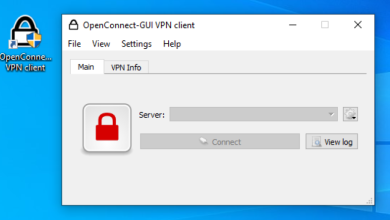
How to Set Up and Use OpenConnect VPN on Linux
How to Set Up and Use OpenConnect VPN on Linux Virtual Private Networks (VPNs) have become an essential tool for…
Read More » -
Linux
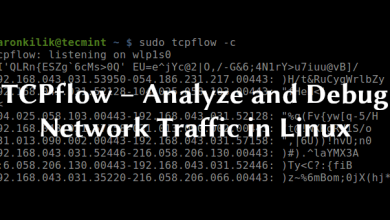
How to Use tcpflow for Analyzing TCP Connections
How to Use tcpflow for Analyzing TCP Connections In today’s digital landscape, analyzing TCP connections is crucial for network administrators,…
Read More »
